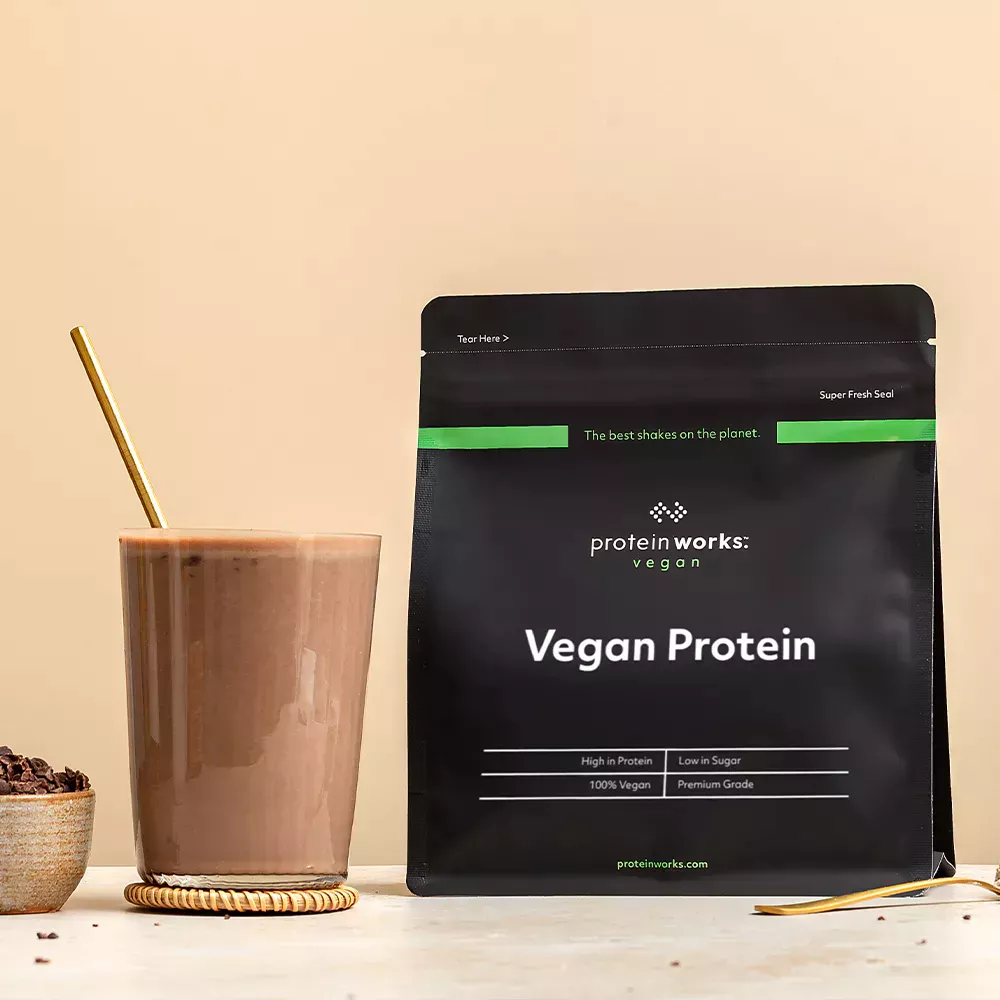How to Become Skinny
Tired of the extra weight? Ready to finally get that slim, toned physique you’ve always wanted? This guide will show you how to become skinny through diet and exercise. Follow these tips consistently for a total body transformation.
Calculate Your Calorie Deficit
Weight loss happens when you burn more calories than you consume. To lose one pound per week, you need a calorie deficit of 500 calories daily. Use an online calculator to determine your personal magic number.
For example, a moderately active 30-year-old woman should eat 1,800 calories to lose one pound weekly. Track your intake diligently using a calorie counting app.
Eat More Protein
Protein is the most satiating macronutrient. It boosts metabolism and preserves lean muscle during weight loss. Shoot for 0.5-1 gram of protein per pound of goal body weight.
- Lean protein sources include:
• Chicken and turkey breast
• Lean red meat like sirloin
• Fish and seafood
• Eggs and egg whites
• Greek yogurt
• Cottage cheese
• Protein powder
Eat protein with every meal and snack to curb cravings and fuel fat burning.
Fill Up on Fiber and Veggies
Nutrient-dense, high-fiber foods are low in calories yet very filling. Load up on these tasty weight loss allies:
- • Leafy greens like spinach and kale
• Cruciferous veggies like broccoli and cauliflower
• Berries
• Beans and legumes
• Oats
• Chia and flax seeds
These foods are packed with hunger-squashing fiber and water. You can eat large portions for minimal calories to stay full between meals.
Drink More Water
Thirst is often mistaken for hunger, leading to overconsumption of calories. Drink at least 3 liters (100 oz) of water daily to avoid this pitfall. Stay well-hydrated to maximize fat loss.
Water also boosts metabolic rate and aids in detoxification when losing weight. Add lemon or cucumber for extra flavor if needed.
Exercise Smarter
Maximize your gym time and fat burning potential with these workout strategies:
High Intensity Interval Training (HIIT): Brief bursts of intense exercise boost metabolism for up to 24-48 hours post-workout. Sprint, use battle ropes, or perform bodyweight circuits for max intensity.
Weight Lifting: Build metabolism-boosting muscle through resistance training 2-4 days weekly. Focus on compound movements like squats, deadlifts, and presses.
Steady State Cardio: Engage in low-intensity steady state (LISS) cardio like walking, jogging, cycling, or swimming for 30-60 minutes after lifting sessions to maximize calorie burn.
Intermittent Fasting
Intermittent fasting involves alternating cycles of fasting and eating. Popular methods include:
- • 16/8 Method: Fast for 16 hours, eat during an 8 hour feeding window. Many skip breakfast.
• 5:2 Diet: Eat normally for 5 days, severely restrict calories on 2 non-consecutive days.
• 24 Hour Fasts: Don’t eat from dinner one day until dinner the next day.
Intermittent fasting reduces overall calorie intake while providing appetite control benefits. Start slowly and listen to your body when attempting any fasting regimen.
Get Enough Sleep
Lack of sleep increases hunger hormones like ghrelin and decreases fullness hormones like leptin. Aim for 7-9 hours of quality sleep nightly for optimal hunger management.
Sleeping enough also maximizes fat loss while maintaining lean muscle mass when dieting. Establish a nighttime routine to ensure you’re well-rested and energized.
Stay Active Outside the Gym
Even little movements add up over time. Aim for at least 10,000 steps daily through activities like:
- • Walking during breaks at work
• Taking the stairs instead of elevator
• Cleaning house vigorously
• Playing with kids or pets
• Running errands on foot when possible
These non-exercise activity thermogenesis (NEAT) calories assist your fat loss efforts tremendously.
Manage Stress
Chronic stress increases cortisol, a hormone that promotes belly fat accumulation and cravings for sugary, fatty comfort foods.
Engage in stress relief tactics like:
- • Yoga and meditation
• Deep breathing exercises
• Getting a massage
• Unplugging from devices
• Journaling
• Talking to a friend
A calm, peaceful state maximizes fat burning and boosts willpower when dieting.
Be Patient and Consistent
How to become skinny?Losing weight at a rate of 1-2 pounds per week is safe, sustainable progress. Anything more requires extreme calorie deprivation that’s difficult to maintain long-term.
Trust the process – losing fat takes time and unwavering consistency. Stay the course with your diet and training plan. Adjust intake and output as needed based on results.
Setbacks happen, but don’t let them derail you completely. Get right back on track at your very next meal or workout session. Celebrate non-scale victories like increased energy, better sleep, and looser-fitting clothes.
Stick with your skinny efforts and you’ll have that lean, toned physique you desire in no time. Weight loss is a marathon, not a sprint. Focus on forming sustainable habits for long-lasting results.
Conclusion
The goal should not be to simply become skinny, but rather to strive for a healthy and balanced lifestyle. While achieving a lean physique can be a personal choice, it is important to prioritize overall well-being and focus on sustainable habits.
Firstly, adopting a nutritious and balanced diet plays a key role in achieving any body composition goal. Instead of resorting to restrictive diets or extreme measures, focus on consuming whole foods, including fruits, vegetables, lean proteins, healthy fats, and complex carbohydrates. Portion control and mindful eating can also aid in weight management.
Regular physical activity is crucial for overall health. Incorporate a combination of cardiovascular exercises, strength training, and flexibility exercises to promote a strong and toned body. Find activities that you enjoy, as this will increase the likelihood of sticking to a consistent exercise routine.
Maintaining a healthy mindset is equally important. Avoid comparing your body to others and embrace self-acceptance. Cultivate positive body image by focusing on self-care, practicing self-love, and surrounding yourself with supportive individuals who encourage a healthy view of beauty.
Remember that each person has a unique body type, and it’s important to set realistic goals. Rapid weight loss or extreme measures can have negative consequences on physical and mental health. Instead of striving for an arbitrary number on the scale, aim for a healthy body composition and focus on overall well-being and happiness.
Seeking guidance from healthcare professionals or certified nutritionists and trainers can provide personalized advice and support in achieving your goals. They can help develop a tailored plan that suits your body type, lifestyle, and health requirements.
Ultimately, becoming “skinny” should not be the sole focus. Instead, prioritize a healthy and balanced lifestyle that supports your overall well-being. Embrace self-acceptance, make sustainable choices, and believe in your own unique beauty and worth.







